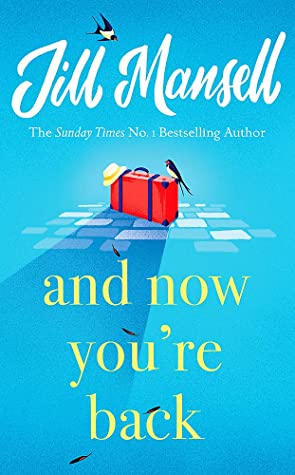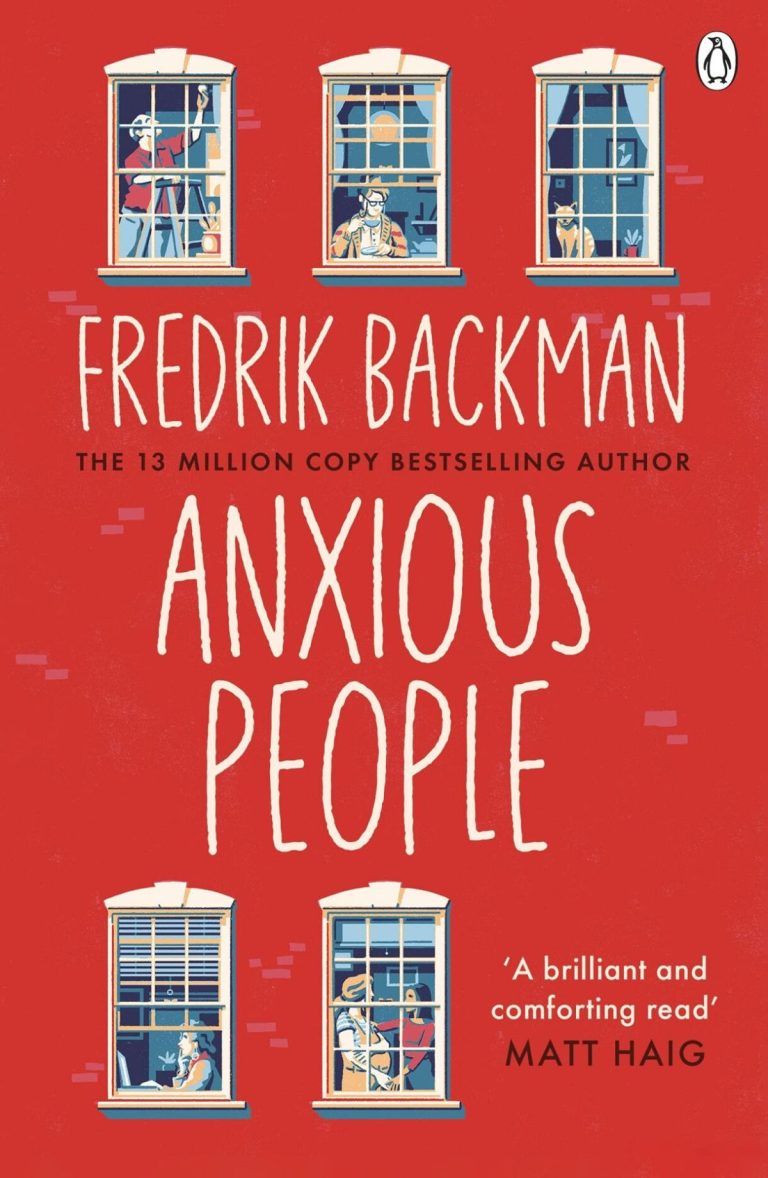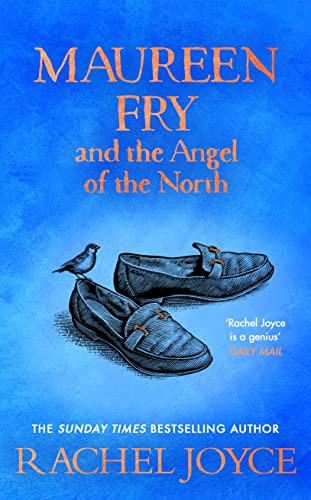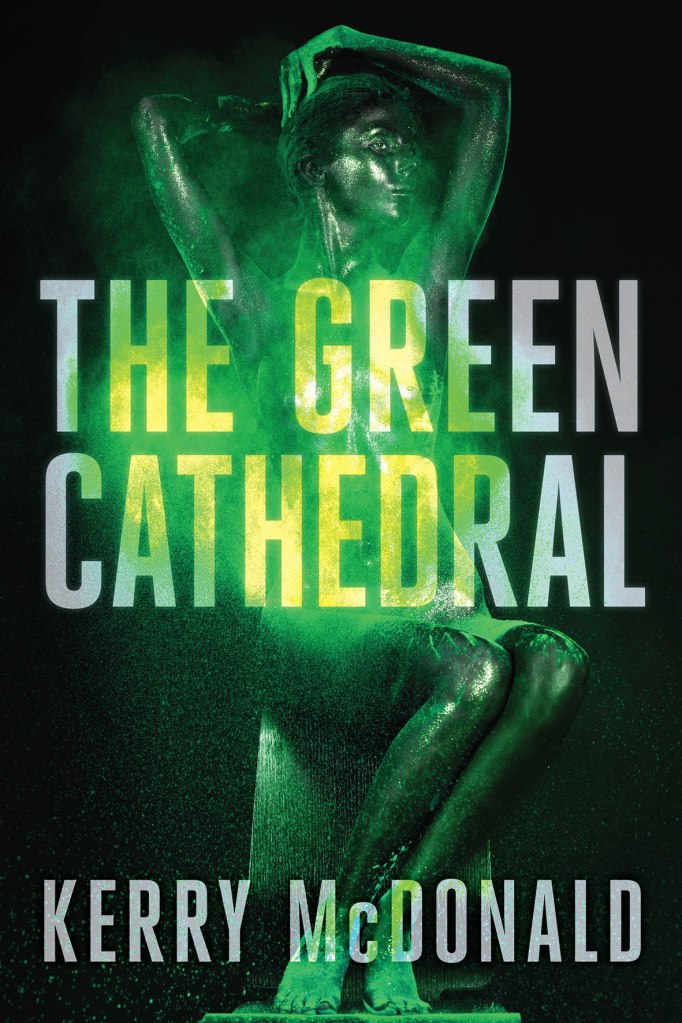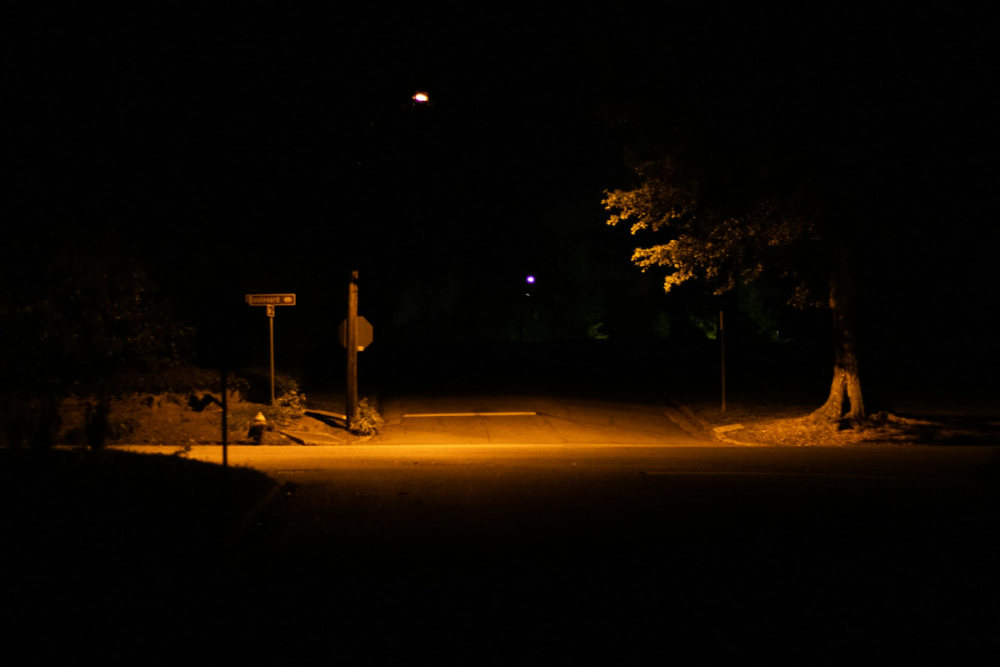
Today’s post is by author and editor Lynn Schmeidler (@lynnschmeidler).
On New Year’s Day, during my senior year of college, a gruesome double murder took place in my hometown. The couple stabbed to death in their sleep lived across the street from my aunt and uncle, around the corner from my childhood best friend, doors down from where another old friend grew up.
Like everyone else in the town, I was shocked and frightened by the news. Although fingerprints were left all over the house, no match for them was found. Time passed but the case remained unsolved. The theory: it was a drug crime. The victims were doctors, so someone in search of drugs followed them home on the commuter train, and something went terribly wrong.
Four years later, when a suspect was finally arrested, my connection to the murders became even closer: the young man indicted was the quiet boy from the back row of my fourth-grade class. I was shocked all over again.
The case was big news, not only for those of us with connections to the town, but for the courts as well: the defendant confessed within the supposed guarantee of confidentiality of an AA meeting. He had been drunk; the murder took place in his childhood home; he thought he was killing his parents.
I couldn’t stop thinking about his childhood—what went on in that home that would drive him, in a drunken rage years later, to murder his own parents. And also what it was like for his parents, defending the son who the world knows tried to … meant to … did! kill them. And was he one of the boys I briefly crushed on in fourth grade?
I encourage my writing students to take their obsessions seriously, to follow them, delve into them. What we obsess about is our material. The story of the murders obsessed me. Because it took place in my hometown. Because I grew up with the man who committed the murders. Because the victims were not the intended victims. Because the intended victims were the parents of the man who killed them. The story of the murders, though, had already been told in countless news articles. Even in an episode of Law and Order. My task, then, was to find a way to tell my fiction about the facts.
So I went back to what the story did to me. It destabilized me. I could relate to everyone in the story—the dead, the convicted, the relatives of the dead, the intended dead. Then I asked myself: what else destabilizes me? Contemporary art—its rawness and its familiarity; secrecy—its power to protect and its certainty to betray; #metoo stories—their ubiquity and their endless ability to enrage.
Through the expanded field of these other concerns, I found my way into my own telling of the story: in “The Audio Guide,” a young, female museum intern takes revenge on the museum director (an older married man who seduced her and ditched her) by recording an explicit, tell-all narration for visitors to a disturbing art exhibit inspired by the double murders.
While headlines may inspire stories, ideas need not arrive as made-for-television crime dramas. With a properly tuned antenna there’s enough everyday strangeness to power an observant writer for the rest of their days: At the end of a yoga class one day, I had the distinct impression that we’d been left in savasana a bit too long. I opened my eyes to check the clock and noticed that the teacher was lying awfully still. For a moment I imagined she’d stopped breathing. Sleeping Beauty came to mind. (The yoga teacher was, as central casting and life in a 21st-century yoga studio will have it, a fairy-tale beauty—lithe body, perfect skin, waist-length hair.)
By the time I made it home, the idea of a story had hatched—Sleeping Beauty as told today, in her own words. I am obsessed with fairy tales, especially the original ones that are darker and stranger than their commonly known, sanitized versions. A little research led me to, “Sun, Moon, and Talia,” Giambattista Basile’s early 17th-century precursor to Sleeping Beauty replete with death, rape, birth, and betrayal.
But to allow for the story to explore something meaningful to me I needed more. Something to rub up against, a question to vex. When my students feel stuck, I tell them to think of a story as a braid—what three strands might wind themselves around one another to create a denser texture to their fiction?
So here we are, back to our obsessions. Keep track of them, note them down. I have obsessions enough to weave into a goddess head of plaits. “Corpse Pose” is a braid of Sleeping Beauty, a yoga studio, and a mother-daughter relationship. In my version of the fairy tale, Beauty works for her mother and is laid out on the dais of the studio she owns.
I keep a list of what I notice and can’t seem to let go of, the subjects of my obsessions, the endless supply of everyday strangeness that fill this world: an eerie street name, a rental scam, a joke I take at first to be a real story, a rock star impersonator, a gentleman pickpocket, a breast-pump model, a rare variety of parasitic twins, a vagina makeup, a spontaneously reversed vasectomy, an art film of people sneezing out rodents, a coke-addicted silent film actress with a pet monkey, a 4,900-year-old tree, a roll of unexpectedly double-exposed film showing events from years apart, the relativity of time.
The trick is to pay attention to the unique workings of your own mind and to note the strangenesses that stick. They are your bones to worry—shake, chew, gnaw, lick. Wear your obsessions down, bury them, then dig them up again. While not all of my strange observations and growing obsessions have made their way into my fiction, each of the ones listed above is present and accounted for in my story collection, Half-Lives. Whether braided, expanded, or sometimes only casually noted, the headlines, facts, and observations that stick to you will seed your own work and grow it into the stories only you can tell.
Lynn Schmeidler is the author of Half-Lives, chosen by Matt Bell as the winner of the Rising Writer Prize in fiction and available now from Autumn House Press.


